Katrina, after you and your partner Xuan McArthur Nguyen graduated from the University of Auckland and honed your craft in Aotearoa, you moved to Japan in 2013. What was a key design lesson you learned over there? I think the biggest lesson I learned was in Tokyo, when we were both working for Keiji Ashizawa Design, which is influenced by the Japanese cultural value of ‘indirectness’ through communication. In situations like meetings, it’s respectful to allow space and time for ideas to be generated and thoughts to be gathered, so meetings would last a few hours. This philosophy of ‘allowing time’ has been naturally incorporated into the way I continue to work.
When did you and Xuan set up Keshaw McArthur together? After leaving Japan, we were on holiday in Paris when we received an email from Keiji asking if we wanted to collaborate on a new apartment-complex project in Johannesburg. We immediately packed up, headed home to Auckland and formalised our company. Since the beginning, Xuan and I have worked on projects together, although we juggle other business duties individually based on our experience and interests. Design is a collaborative endeavour, and we enjoy the process of collectively researching, questioning, debating and experimenting.
What do you love about working for yourself? My parents are self-employed, so I’ve been witness to the benefits and shortfalls of it, including more freedom when raising children, so it was something I envisioned for my future. Now I’m a mum and in the thick of it, I can say I wouldn’t want it any other way right now. The juggle is no less difficult, but having the freedom to start and finish work when it suits takes a bit of the pressure off.
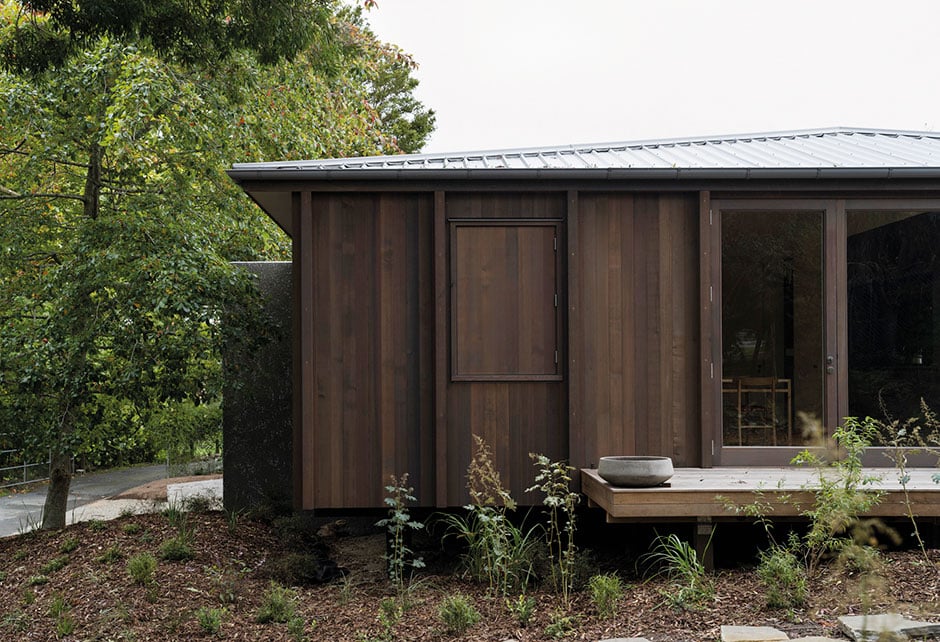
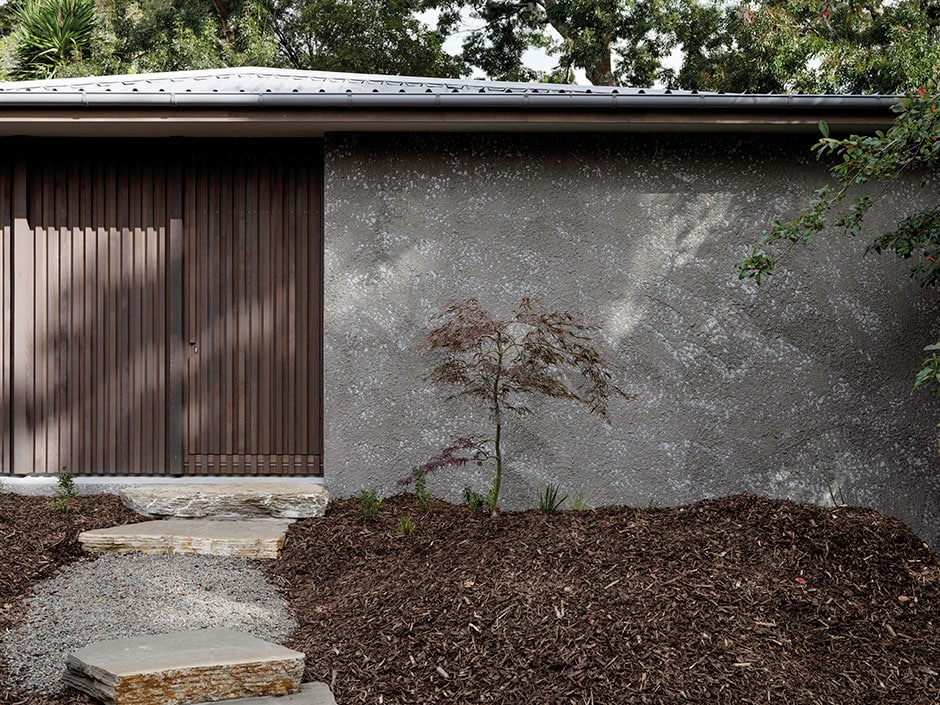
As well as buildings and interiors, you design furniture and landscapes — how might we recognise your aesthetic in them? Keshaw McArthur is particularly drawn to the intangible notions of space and time. We look to gesture their presence and attain an atmosphere that resonates with our human experience, the time we live in, and the beauty that exists in the natural and the man-made. Although it can be hard to reflect on my own practice, I hope that this approach to architecture means there’s a certain level of sensitivity and thought present and apparent within our work.
Why are Keshaw McArthur’s core principles of harmony, longevity and presence important to your practice personally? I believe that if something’s going to be built, it’s important that there’s a certain level of consideration and energy given to ensuring it’s enduring and balanced. Finding a design that feels natural within the parameters of the brief and comfortable in its own existence is one way of looking at it.
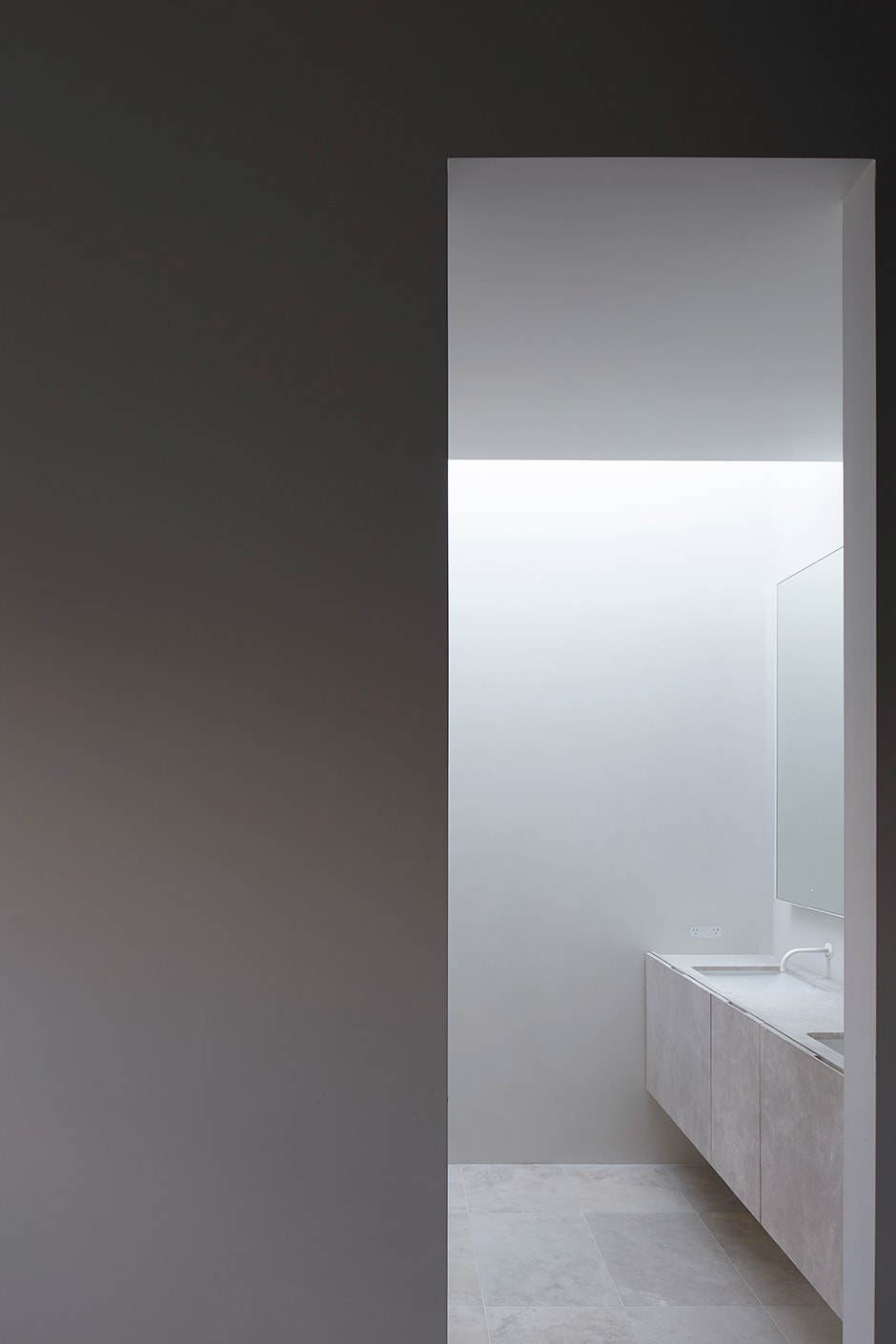
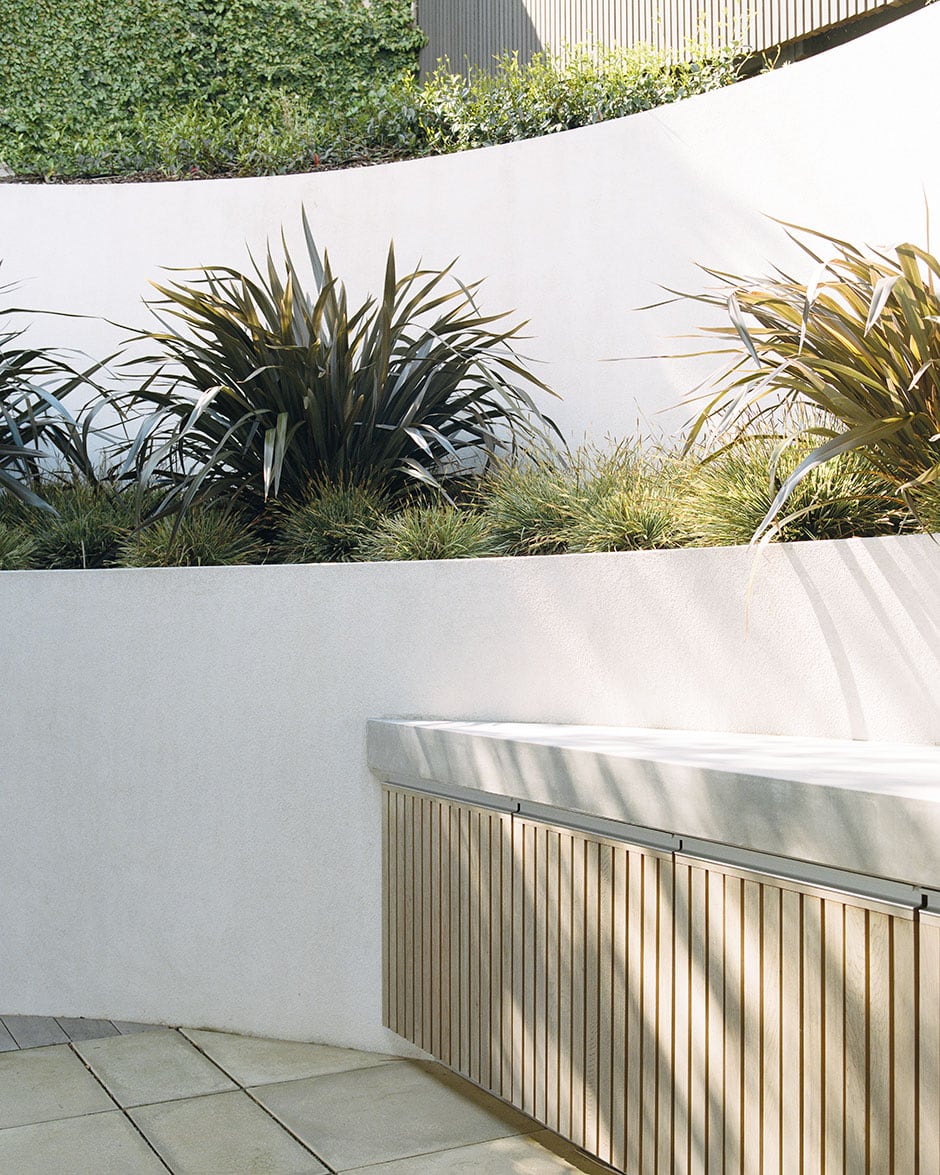
Where do your strengths as an architect lie? My primary strength lies in my dedication to achieving a design vision. For this reason, I work well with clients who are aspirational, and enjoy the journey of exploration and discovery throughout the course of a project.
Have you encountered any barriers to succeeding as a woman in this profession? Early in my career, there were times when I felt pigeonholed and undermined. I made a point of being vocal in order to advocate for myself and to ensure that the best efforts were being made to let me gain exposure to all aspects of the job.
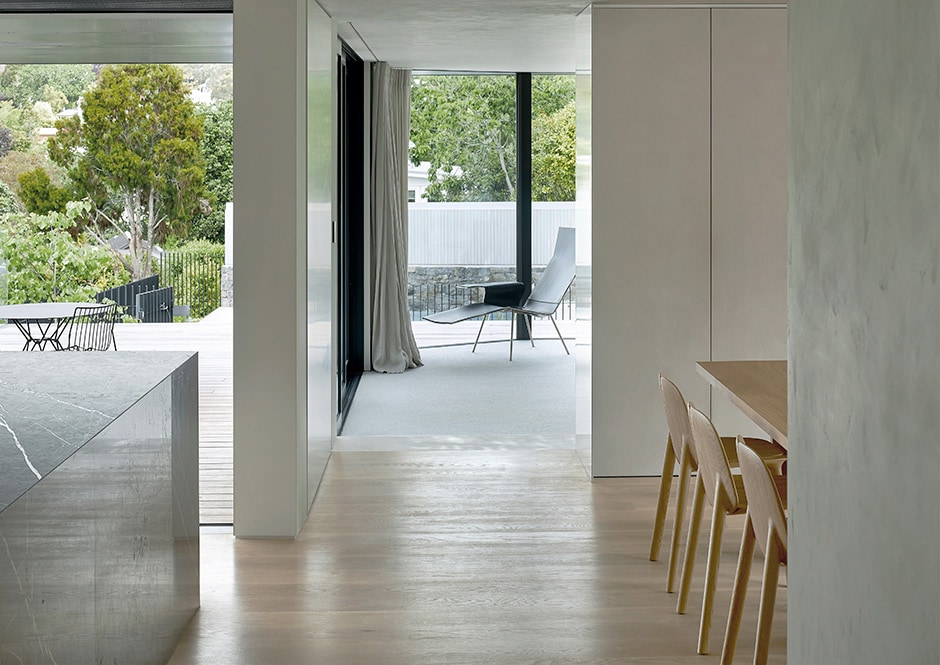
What does architecture have to teach us about life? Home and domestic life as we currently assume them to be are merely social constructs ‘invented’ to implement capitalist values that have become ingrained in many societies and can result in excess. What architecture can teach us is that at its simplest, it’s just a form of necessary shelter, with the most important aspect being the life, not the things, it protects within it.
What excites you about where architecture’s heading in New Zealand? I’m interested in the way that embodied carbon and carbon reduction will influence our shared perspective on what it means to live in Aotearoa, and how that might be guided and assumed by architecture.
Do you have a mantra you try to live by? This is the time.
;
Words
Photography , , ,
The post appeared first on .





























